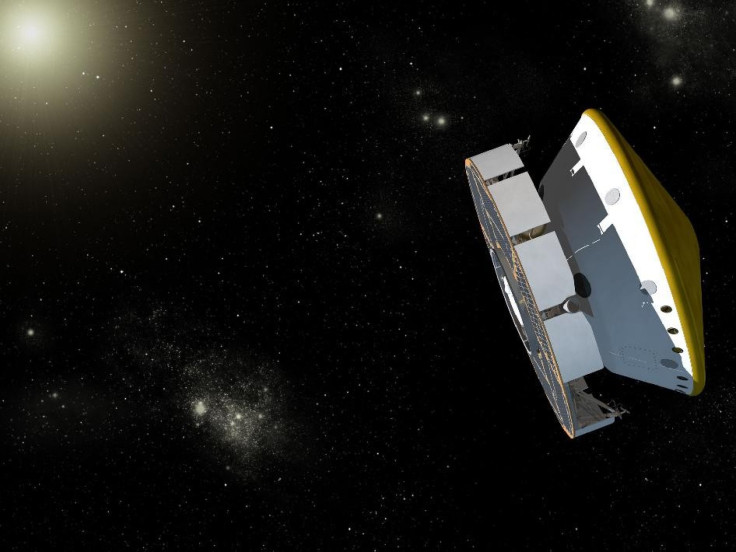Mars Curiosity Rover Starts Mission from Space

NASA's next generation Mars rover, the Curiosity, is already well on its way to visit the red planet and has already begun its research mission from space.
As of noon EST Wednesday, NASA officials estimated that the rover will have traveled 31.9 million miles of its 352-million mile journey.
NASA launched the Curiosity Nov. from Cape Canaveral, Fla. on Nov. 26. The SUV-sized rover that includes a high-tech science lab already started collecting information about high-energy particles flying from the sun and other distant stars and supernovas.
The detectors will allow scientists to determine the effects radiation might have on future astronauts who may venture to Mars.
(The Radiation Assessment Detector) is serving as a proxy for an astronaut inside a spacecraft on the way to Mars, said Don Hassler, RAD principal investigator from the Southwest Research Institute in Boulder, Col. The instrument is deep inside the spacecraft, the way an astronaut would be. Understanding the effects of the spacecraft on the radiation field will be valuable in designing craft for astronauts to travel to Mars.
The $2.5 billion 23-month mission includes the rover that has a total of 10 scientific instruments that will collect samples and analyze the environment over a 98-week period that makes up a Martian year.
While Curiosity will not look for signs of life on Mars, what it might find could be a game- changer about the origin and evolution of life on Earth and elsewhere in the universe, said Doug McCuistion, Mars Exploration Program director. One thing is certain: the rover's discoveries will provide critical data that will impact human and robotic planning and research for decades.
NASA officials expect the Curiosity to land Aug. 5.
© Copyright IBTimes 2024. All rights reserved.











